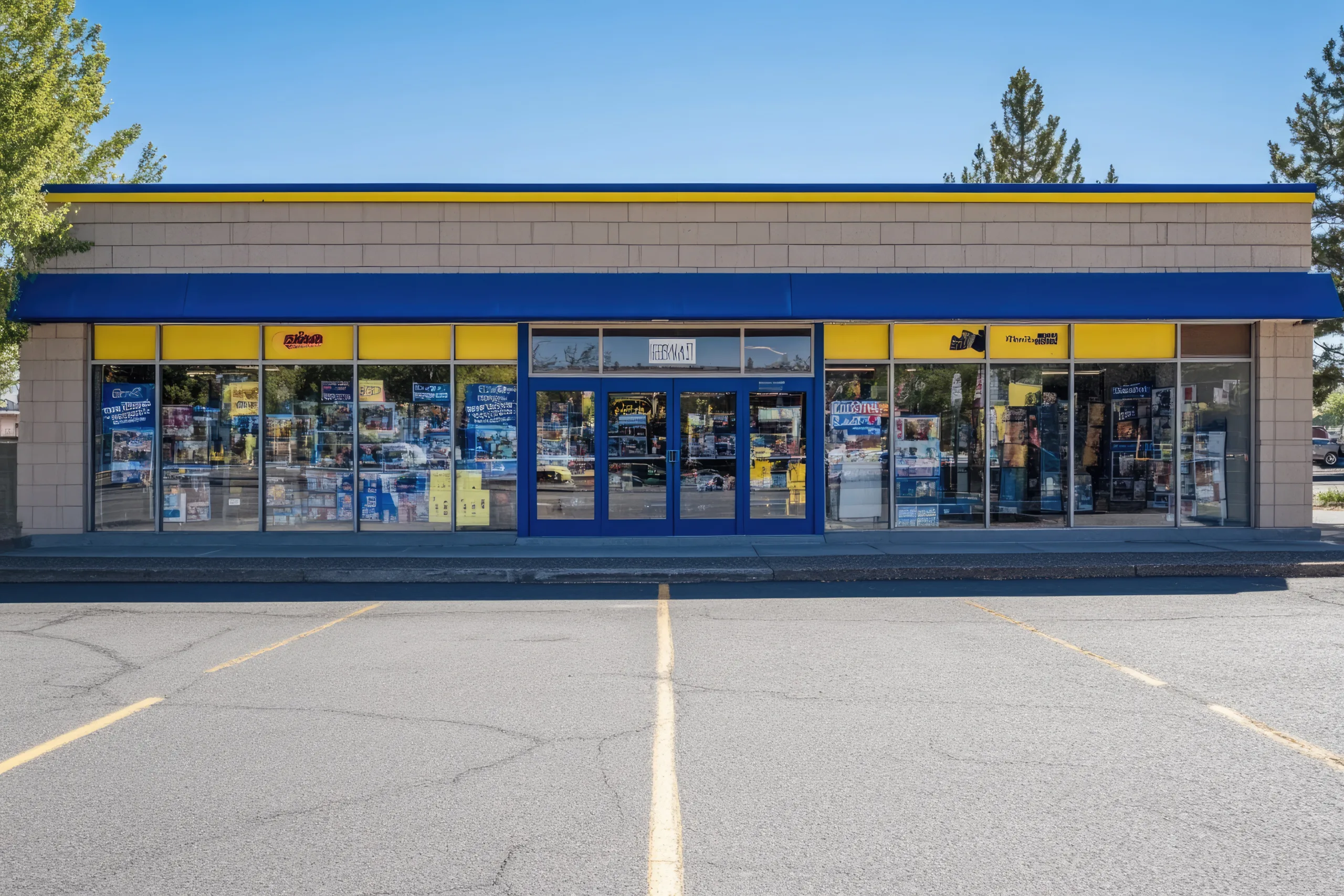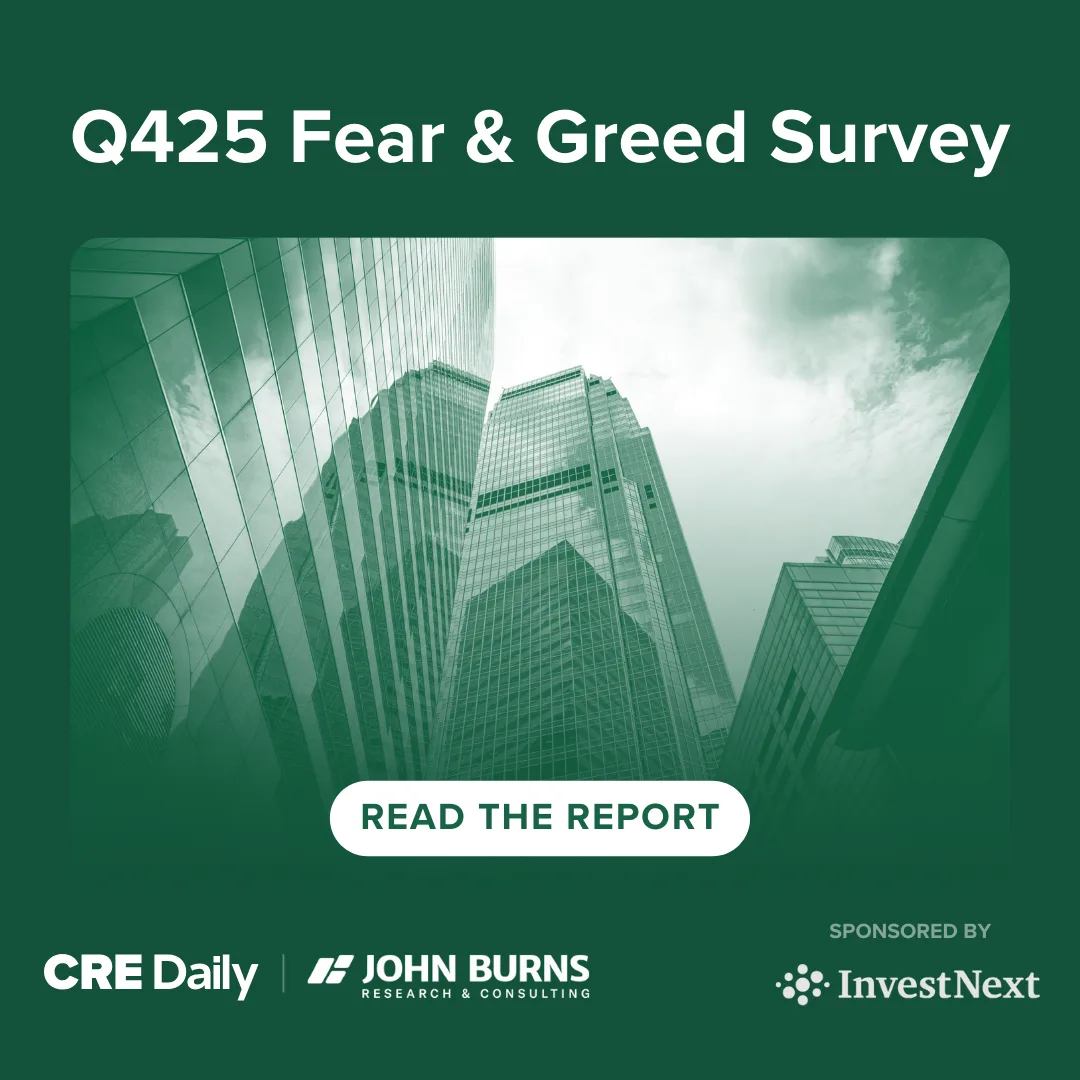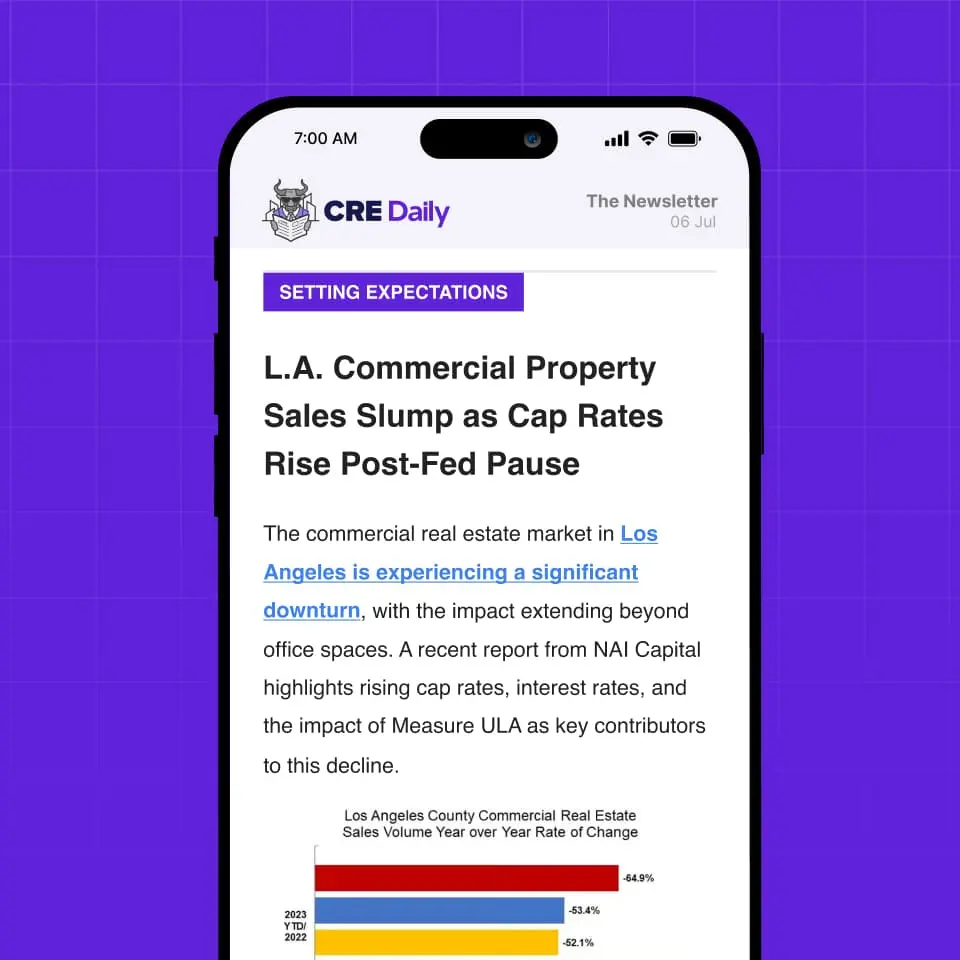- Foot traffic rose in H1 2025, led by fitness, value dining, and entertainment categories, though discretionary and big-ticket retailers saw weaker visits.
- Retail real estate fundamentals stayed stable in prime locations, while store closures increased vacancy pressures in weaker assets.
- Sales growth was steady but driven disproportionately by high-income households, suggesting underlying volume softness that could slow momentum in the second half.
Despite persistent macroeconomic headwinds, US retail showed surprising stability in the first half of 2025, reports Colliers. Consumers kept visiting brick-and-mortar stores, and leasing in prime corridors remained active. Yet, this resilience was uneven—categories tied to affordability and experiences surged, while discretionary sectors lagged. With high borrowing costs limiting new construction and store closures reshaping the landscape, the sector faces a careful balancing act heading into the second half of the year.
A Split Recovery
Overall visits were up year-over-year, signaling consumers’ ongoing appetite for in-person shopping and experiences. Car washes, entertainment venues, and fitness chains posted standout gains, the latter extending a multi-year growth streak. Apparel traffic held steady, supported by off-price retailers, with the West showing the strongest gains.
In contrast, home improvement, electronics, and fuel-related categories posted declines, reflecting caution in big-ticket spending and softer travel activity. Grocery visits grew across most regions, while superstores saw mixed results. Dining trends revealed a geographic divide—up in the West, but down across much of the rest of the country.
Get Smarter about what matters in CRE
Stay ahead of trends in commercial real estate with CRE Daily – the free newsletter delivering everything you need to start your day in just 5-minutes
Value And Experience Win Out
Analysis of the fastest-growing chains in the Placer 100 Index reinforced two key themes: affordability and perceived value. Chili’s led with its promotional-driven traffic boost, while Crunch Fitness, Ollie’s Bargain Outlet, and HomeGoods also ranked high. Interestingly, brands catering to mid- and high-income consumers, such as Nordstrom and Barnes & Noble, also saw strong visit growth, proving that consumers will spend more when they believe they’re getting their money’s worth.
Stability In The Right Spots
Prime, well-located centers continued to draw tenants, maintaining low vacancies and firm rents. Secondary and older assets faced upward vacancy pressure from closures, particularly among legacy brands. Leasing activity concentrated in lifestyle centers, grocery-anchored strips, and mixed-use hubs, with negotiations often hinging on flexible lease terms and tenant improvement packages. New development remained muted, with most activity focused on repositioning existing properties.
Steady Top Line, Softer Underneath
Core retail sales posted consistent year-over-year growth across H1 2025, buoyed in part by tariff-related pull-forward spending and post-holiday promotions. April’s 5.1% growth was the strongest, but underlying volume growth has been far more modest, suggesting that inflation and early spending may be masking a slowdown. Fed research indicates that high-income households are driving much of the resilience, while middle- and lower-income consumers pull back.
What’s Next
The retail sector is expected to remain stable through the second half of 2025, with vacancy rates supported by a steep drop in new construction. Asking rents may rise by about 2%, though gains will be uneven, favoring prime locations. Net absorption is projected to stay positive. However, growth in store-based sales — forecast at 1.5% for the year — could slow. Inflation and interest rate pressures may continue to weigh on consumer volumes.
















